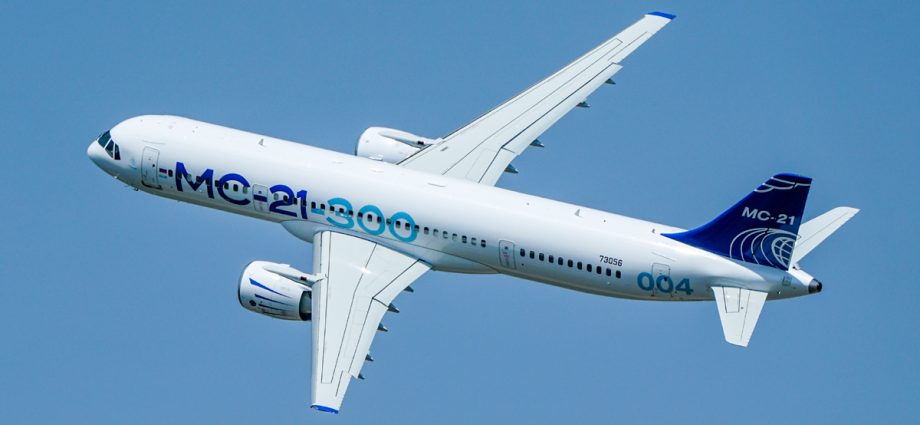The Volga-Dnepr Group is considering whether to partner with aircraft manufacturer Irkut on the development of a freighter version of the MC-21 in response to increasing cargo demand.
In a statement, the airline said: “Amid the capacity constraints, emerging demand for freighters and increase of cargo volumes worldwide, Irkut Corporation is in favourable position to commence the freighter programme. Volga-Dnepr Group might become the possible launch customer of the MC-21-200 freighter version.”
If this happens, it would be the first factory-built single-aisle freighter in over 20 years!
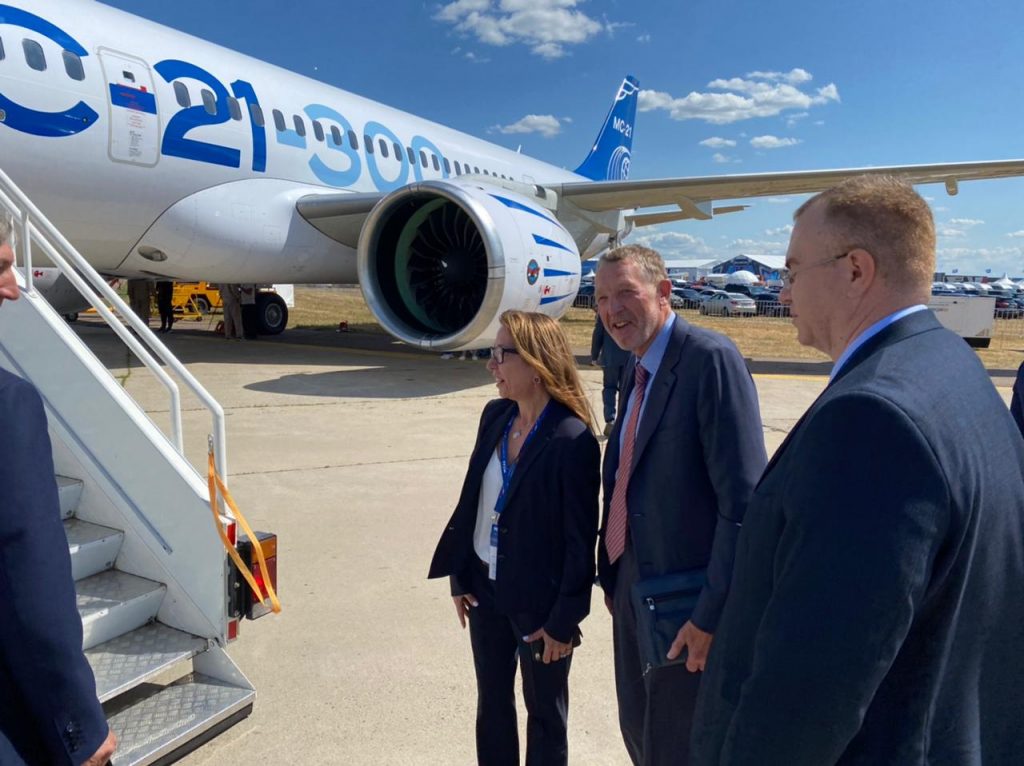
Volga-Dnepr Group is a major holding company with multiple cargo operators. They include Volga-Dnepr Airlines, AirBridgeCargo, ATRAN and Cargologic. People most closely associate the group with their fleet of enormous Antonov An-124’s. But the group’s ATRAN and Cargologic operate a mix of 737-400 and brand-new 737-800 cargo-converted jets.
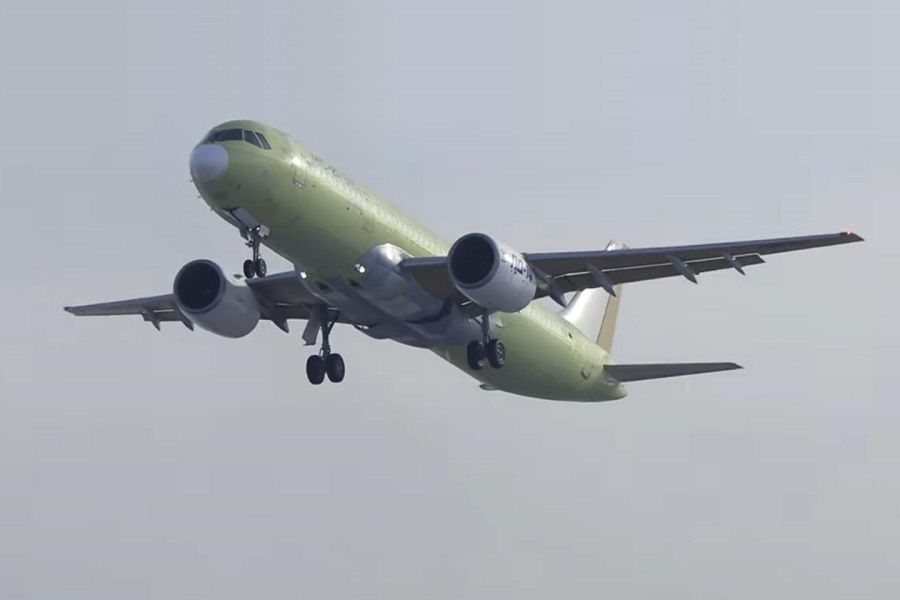
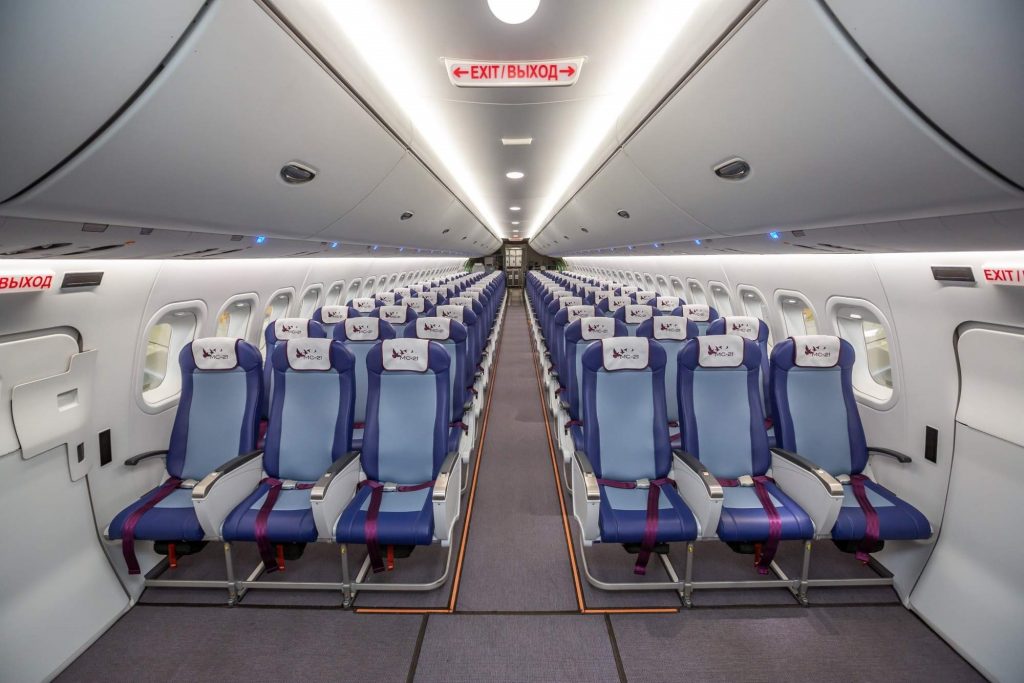
The MC-21 has a wider passenger cabin than a 737 or A321, and could operate quite efficiently alongside Boeing single-aisle aircraft. Currently there are several programs to convert existing Airbus and Boeing single-aisles aircraft into freighters. The extra volume in the wider Russian aircraft could come in handy, especially in the present “e-commerce-heavy” climate.
The freighter version of the MC-21 would involve the shorter, MC-21-200/210 model, the equivalent of a Boeing 737-700. Currently, Irkut is flight-testing the bigger MC-21-300 and MC-21-310 versions. If the MC-21 freighter goes ahead, it could go head to head with the new Airbus A350 Freighter as the only freighters to make extensive use of composites during construction.
FREIGHTER ECONOMICS
Single-aisle freighters are scarce, and none are currently in production. However multiple companies are working on conversions of newer aircraft of both the 737NG and the A321. Also, older choices-aside, current options undergoing conversion includes the Boeing 757-200PF. Presently, an airline wishing to get a single-aisle freighter has to get a passenger-to-freighter conversion.
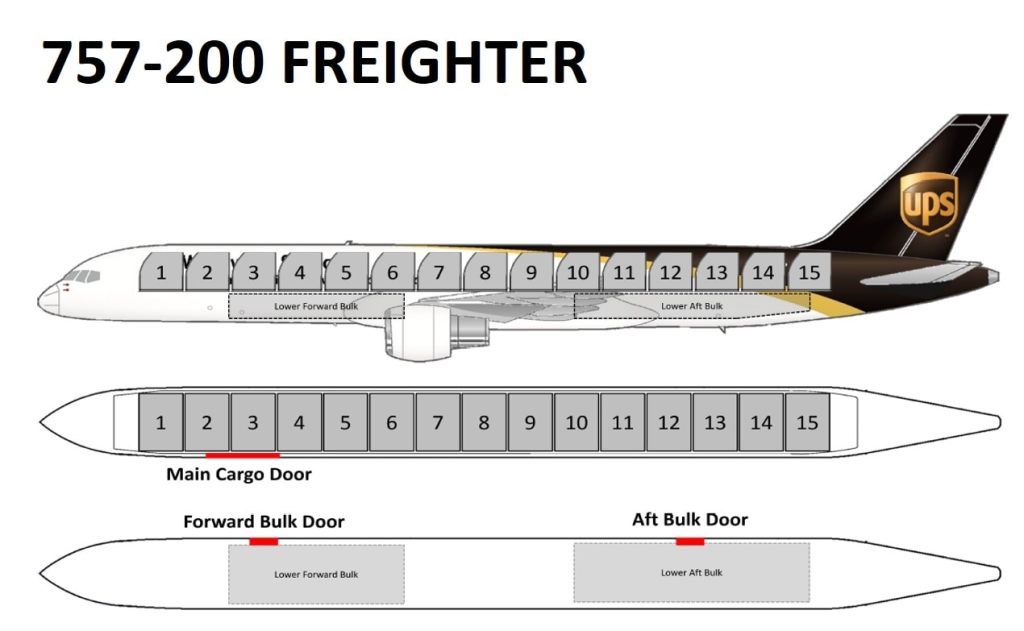
The last factory-made, single-aisle freighter was the Boeing 757-200PF, with 80 going into service, mainly with UPS. These aircraft date back to 1987. Strictly-speaking, there was a newer single-aisle factory freighter, in the 737-700C (for ‘combi’ or ‘convertible’). But all of these 17 aircraft went to the US Navy, designated C-40A Clippers, as no cargo companies bought them.
For many cargo operators, their economics overwhelmingly favour passenger-to-freighter conversions. This is because a converted aircraft costs a fraction of the price of a factory freighter. And with the low hours that many freight operations fly, they simply can’t fly new planes enough hours to justify the price. This could be a huge factor in bringing a new freighter to the market, whether an MC-21 or by any other manufacturer.
Operators like FedEx, UPS do buy new freighters, and usually only large aircraft. To justify the purchase cost, they must fly long haul routes with high-enough demand/value, and fly them regularly. Presently the B757 single-aisle has a substantially long range and this makes this aircraft type affordable.
New freighters will have to compete against this, so besides purchase price, fuel efficiency and cabin volume will be other key factors.
BOEING, AIRBUS and MC-21
The 757 isn’t just the last factory-made [civilian] freighter. Arguably, it is also the plane that ‘killed’ any subsequent efforts at making new factory single-aisle freighters. Boeing currently enjoys a successful passenger-to-freighter production program. It began with the 757-200SF, in 2001 – incidentally arriving around the same time as the 737-700C. Boeing’s switch to offering conversions signalled the end of factory-built single-aisle sales.
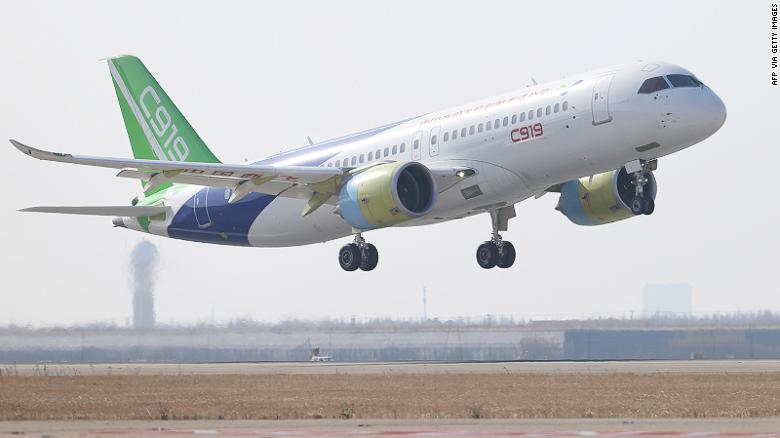
A Comac C919 (Photo credit – Getty Images) 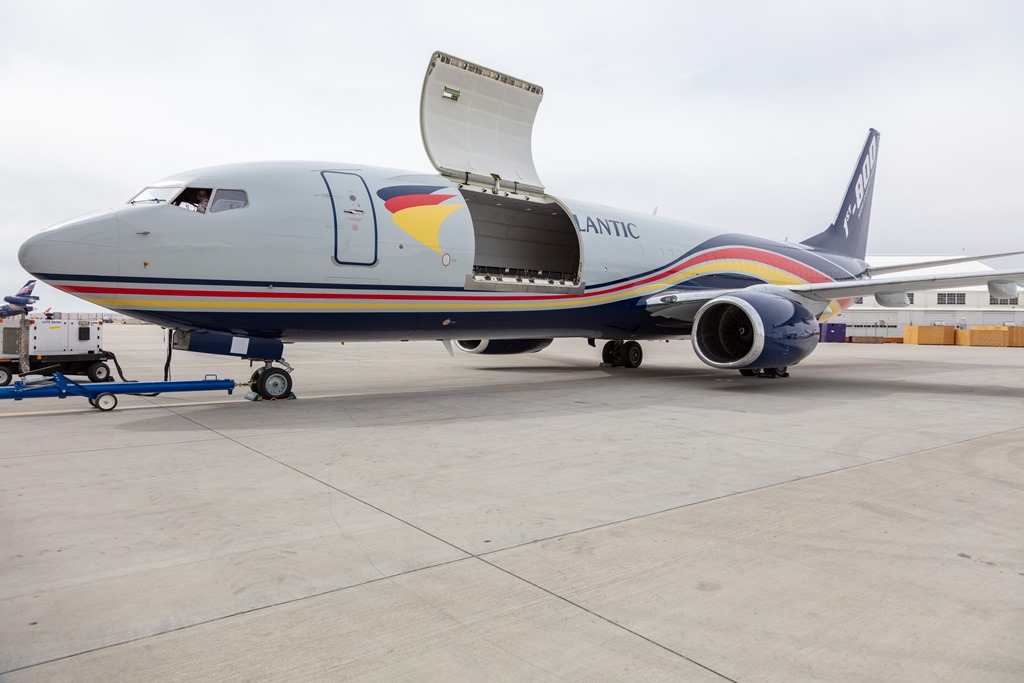
A West Atlantic B737 – 800 BCF
Another matter that could hinder an MC-21 freighter is serviceability. Cargo operators using 737s, 757s and now A321s as freighters, know that if one breaks down half-way around the world, someone can fix it. These are the most ubiquitous planes in existence, with many thousands in service.
ORDERS
Fewer than 200 MC-21 passenger aircraft are on order, with certification planned for later this year, and the aircraft should enter service in 2022.
A long-range version (MC-21-200LR) is in the plans, and could be the starting point for a cargo version. Several different versions of the passenger aircraft are planned, ranging in size from 150 to 211 seats. The aircraft is expected to compete with the B737 and A320.
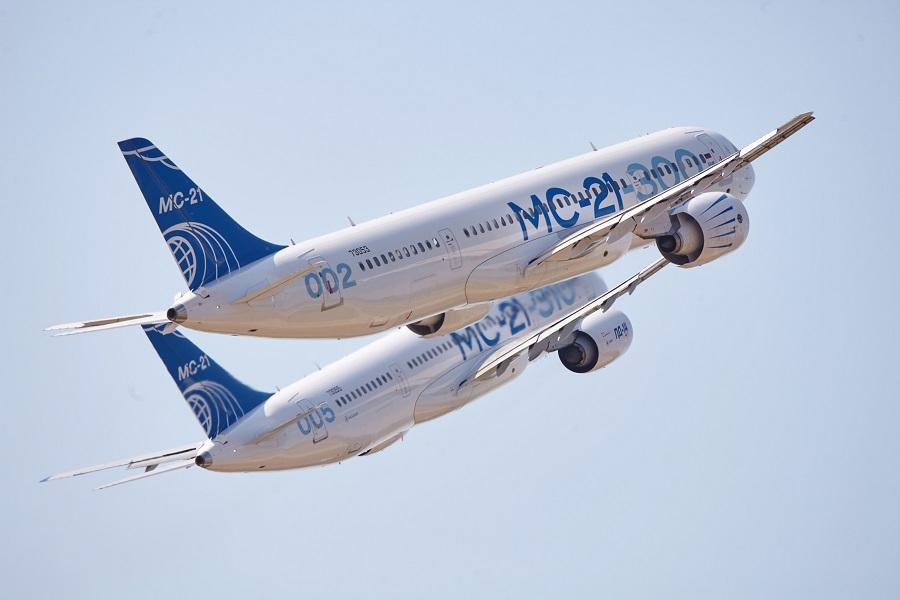
Irkut could offer the MC-21 freighter with the Pratt & Whitney PW1400G or the Russian Aviadvigatel PD-14 engines. The four MC-21-300s in the test fleet are powered by Pratt & Whitney PW1400G engines and offer a range of around 6,000–6,500 km.
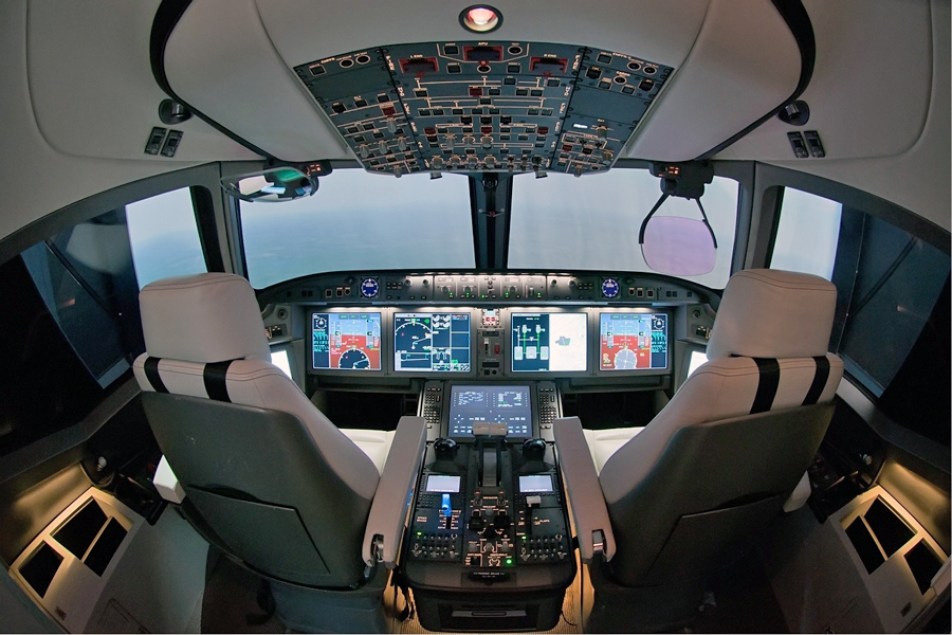
Technologically, the MC-21 is a very advanced design with up-to-date technologies enabling reduction of operational costs, more so than China’s COMAC C919. But while a freighter variant could add sales’ opportunities, the MC-21 has a few hurdles to overcome.
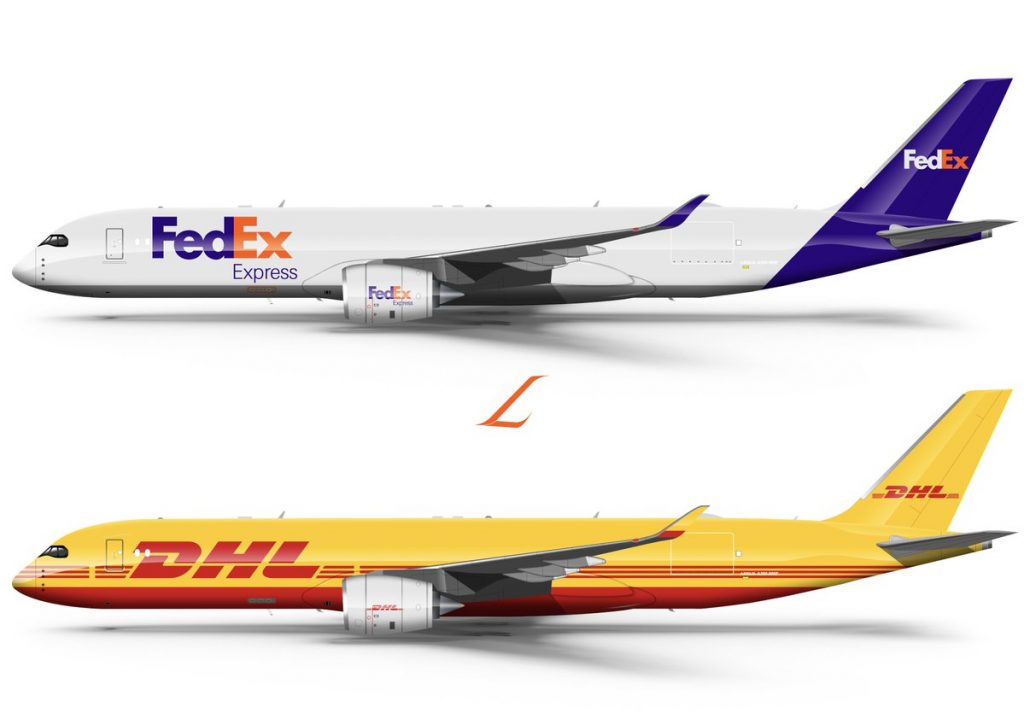
The Mc-21’s competition could be Airbus’s proposed A350 Freighter seen here in FedEx and DHL colours.

